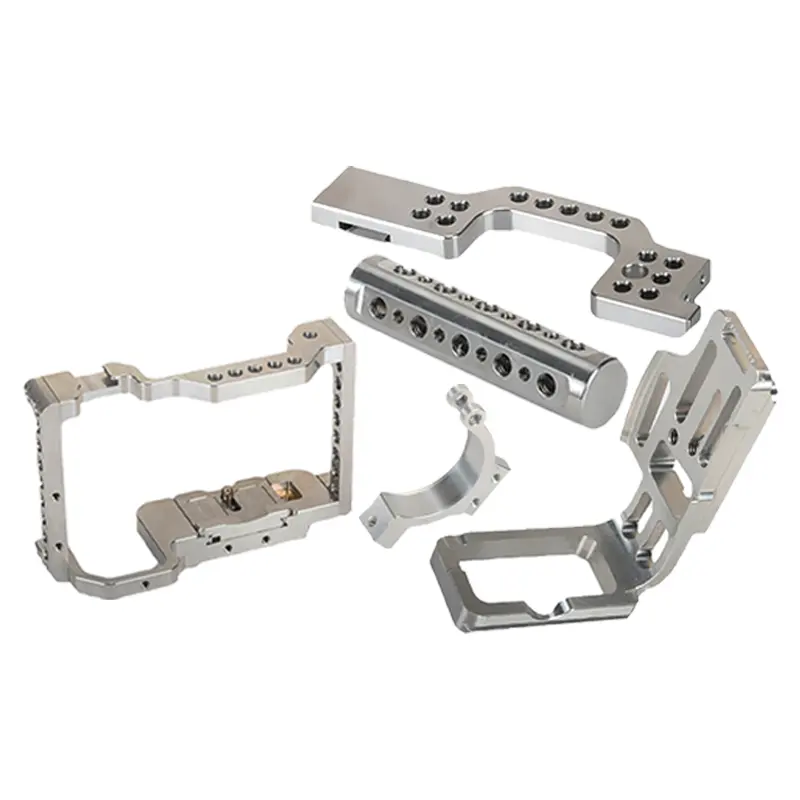

Time:2025-05-07 Views:1

Aerospace CNC machining is a specialized and highly demanding field within the broader realm of CNC machining. The aerospace industry has some of the most stringent requirements in terms of part quality, precision, and reliability, and CNC machining plays a vital role in meeting these requirements.
One of the main challenges in aerospace CNC machining is the need to work with high - strength and exotic materials. Aircraft components are often made from materials such as titanium alloys, nickel - based superalloys, and carbon fiber composites. These materials offer excellent strength - to - weight ratios but can be extremely difficult to machine. CNC machines used in aerospace applications are equipped with specialized cutting tools and advanced control systems to handle these materials effectively. For example, when machining titanium alloys, which have a tendency to work - harden during the cutting process, precise control of cutting speeds, feeds, and depths is essential to prevent tool wear and ensure high - quality surface finishes.
Precision is of utmost importance in aerospace CNC machining. Aircraft components must meet tight tolerances to ensure proper fit and function. In the production of components like engine parts, landing gear components, and wing structures, CNC machining allows for the creation of parts with tolerances in the range of a few thousandths of an inch. This level of precision is crucial for the performance and safety of the aircraft. For instance, turbine blades in aircraft engines need to be machined with extremely high precision to ensure efficient combustion and power generation.
The complexity of aerospace components also poses a significant challenge for CNC machining. Many aerospace parts have intricate shapes and features, such as thin - walled structures, internal cooling channels, and complex aerodynamic profiles. Multi - axis CNC machining centers are often used to produce these components, as they can move the cutting tool in multiple directions simultaneously, enabling the creation of complex geometries. In addition, aerospace CNC machining often requires the integration of advanced technologies such as 5 - axis machining, high - speed machining, and precision grinding to achieve the desired results.
Quality control in aerospace CNC machining is rigorous. Every component undergoes multiple inspections and tests to ensure compliance with strict aerospace industry standards. Non - destructive testing methods, such as X - ray inspection and ultrasonic testing, are commonly used to detect any internal defects in the parts. This comprehensive quality control process helps to guarantee the reliability and safety of aircraft, as even the smallest defect in an aerospace component could potentially lead to catastrophic consequences.
Read recommendations: